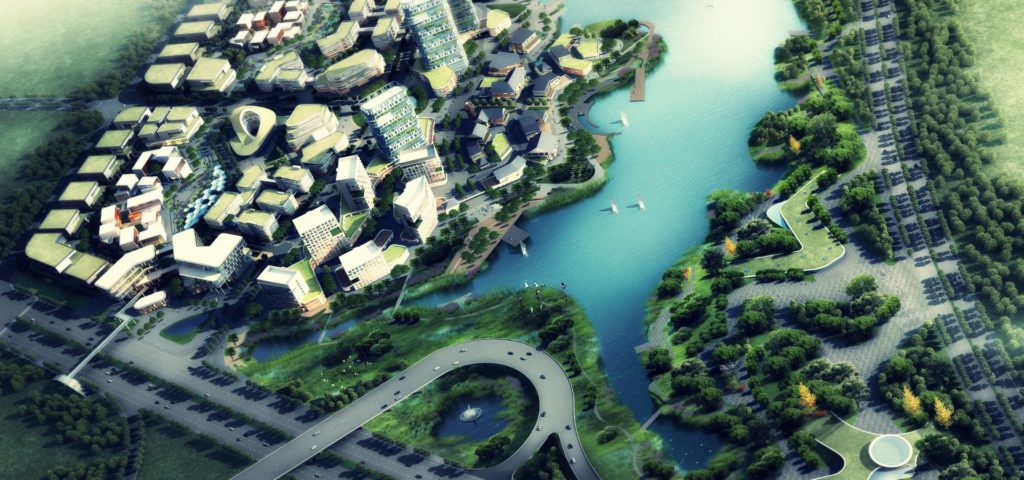The complexity of the geometry required for rapid prototyping is fuzzy. The only things indisputable are limited cases. The choices for inexpensive CNC equipment are large. These machines use improved software and address the recent market for rapid prototyping. This equipment does require a basic knowledge of machining. When the end result has compound surfaces and complex curves additive technology is the obvious choice. This method may not work for the final material but will avoid complex set ups, calculations and numerous daunting tasks. If the part with an accurate reflection of the desired geometry is obtained, they are many different ways to change it into another material. Additive technologies are an excellent choice due to the complex shapes in the world. The majority of consumer products from shampoo bottles to automobile parts would be very hard to make without machine subtractive. Many items are hard to describe externally, internally and mathematically. A lot of parts have an odd shape making them difficult to machine. This is just as true for items such as jewelry, sculptures and modern architectural forms. Some people believe a line needs to be drawn at some point because the defining feature of the item can force the production in a specific direction. The answer may not always be apparent but the determination is easier due to the additive nature of the technology.
The Implications of Geometric Complexity
If complex geometry is not involved, most people will not give a second though to additive technologies. Despite this, there are reasons to use this technology. It is not difficult to understand the methods used for additives for a complex machining task. A great deal of time can be saved; a tool of complex parts can be made fast and the time to market greatly reduced. It is not obvious the technology can be effectively used to change the way the product is created. Objects with a lot of complexity can be designed and a unique functionality can be achieved only by employing additive methods. This means the fact this process exists enables the complexity to change the item originally intended. The perfect example of the influence of RP as an application of materials and geometry are the injection molds developed specifically to make plastic parts. Cooling channels are incorporated into the mold and follow the parts contours. The composition of the metals is varied throughout the volume of the mold. This enables molded plastic parts to be made at a significantly reduced cost and a much faster rate. This would be impossible without the controls used for additive fabrication.
The Geometric Control
Additive fabrication provides a geometric control enabling more economical manufacturing. If the goal is the creation of a million copies of a specific part, it becomes possible to easily pay to produce an expensive tool. This is because the cost can be divided through the manufacturing of a large amount of tools. The process will become much more expensive when only a few hundred items are being made. If the tool is fairly complex, the parts will be more expensive and this will affect the cost of the tool. Additive technology often enables a tool to be made at a substantially lower cost or much quicker. When the final part can be fabricated, the tool itself can sometimes be eliminated. It is always important to consider a physical part may be unnecessary. Virtual prototyping is consistently improving. This may be adequate if a check is conducted for interference and the appearance is judged. No matter how advanced virtual modeling becomes, it will never be possible to hook an image to a plane or use as an implant in the human body.







